Learning barriers, isolation, stress: Nevada students reflect on two years of COVID
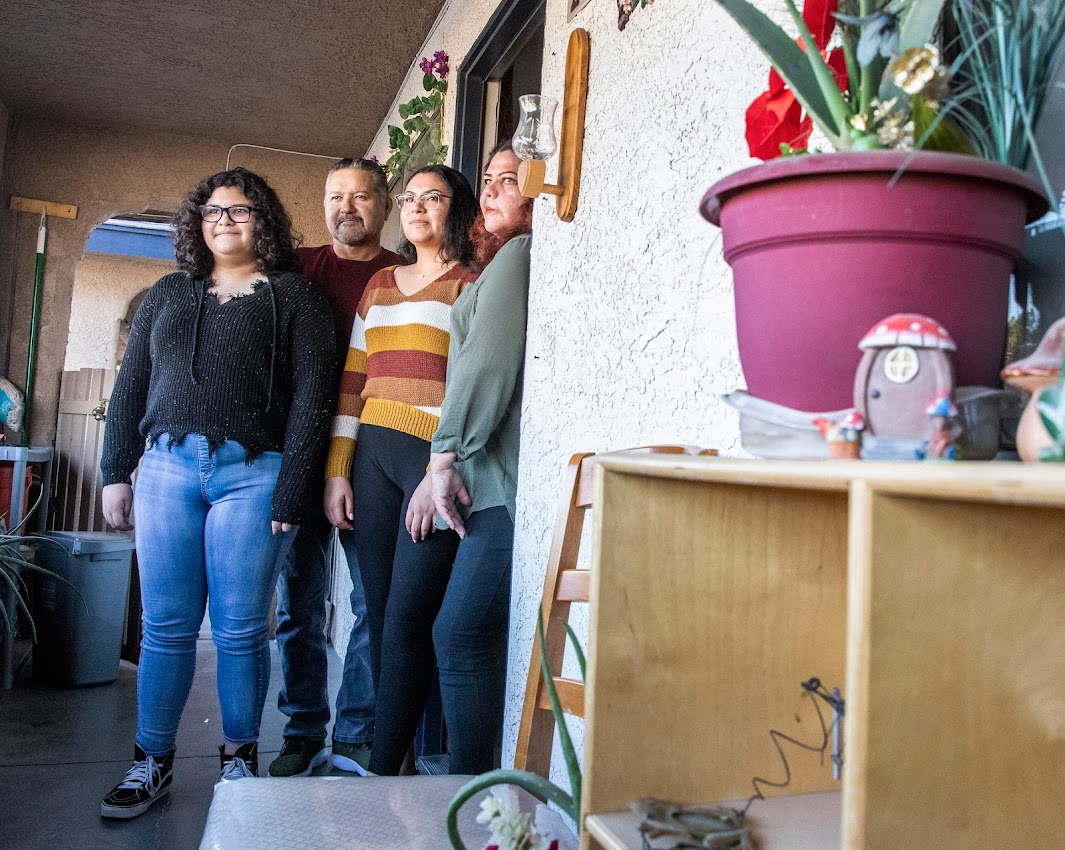
When Nevada officials first ordered temporary statewide school closures more than two years ago to curb the spread of the COVID-19 virus, students expected to get back to their classes in two weeks.
But when April rolled around, brick-and-mortar schools remained empty. Instead, students continued learning — or attempting to learn — from home, away from the friends, teachers and activities that up until that point had defined their school experience.
Ivy Batmale, now a junior at Incline High School in Northern Nevada, said this time of year has sparked some painful memories for her classmates.
“They were like, ‘I don't want school shut down again,’” she said. “They're like, ‘Last time I was fully in school, I said goodbye on that Friday, and then I never went back.’”
Friday, March 13, 2020 was the last day many Nevada students would see their friends and teachers for several months. What started as a two-week closure eventually morphed into a permanent shift to distance learning for the remainder of the academic year.
Ivy, then a freshman, remembers seeing the fear and confusion course through students and staff at her school leading up to that Friday.
“My teachers were starting to panic,” she said. “They were starting to see stuff around the news and the talk of digital learning really came into play.”
Prior to the pandemic, the district used Microsoft Teams to track assignments, but Ivy said teachers “weren’t big on using it and neither were students.”
But little did Nevada students, teachers and families know how much they all would come to rely on technology for the next year regardless of whether they had the equipment and technical know-how to navigate lessons through applications such as Zoom, Google Classroom or Microsoft Teams, or whether the online classes were even suitable for all students’ learning styles.
Despite educators’ attempts to recreate the schooling experience in a virtual setting, some students discovered that some of the best and most engaging parts of school aren’t the same from a computer screen.
In interviews, Nevada students and parents say they're still dealing with the fallout from school closures and COVID-related class disruptions, which even two years later continue to affect their education, as well as their physical and emotional health.
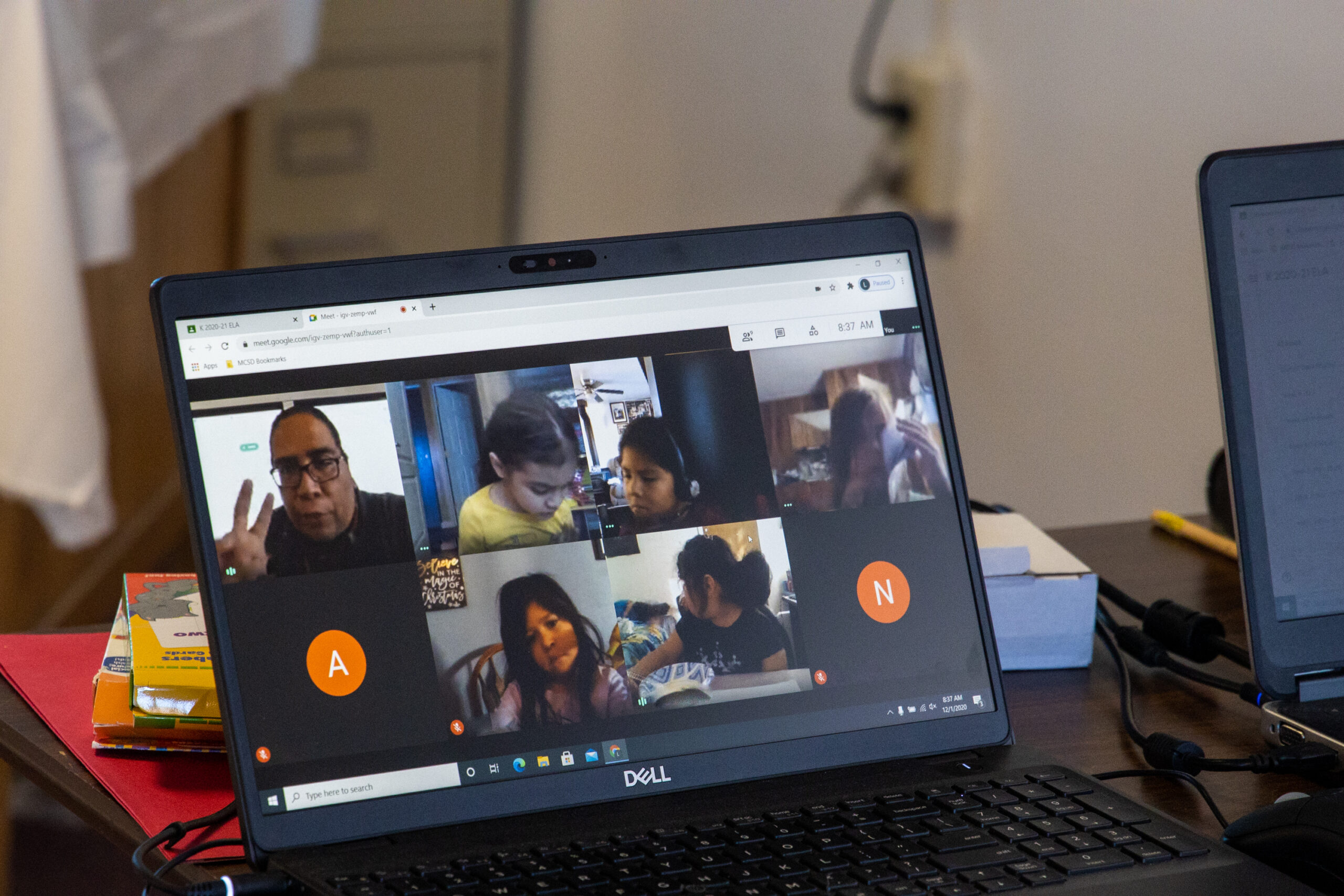
‘No one cared’
After schools closed, Nevada districts turned to distance education to keep learning in motion — at least to the extent possible. But the abrupt shift came with some hiccups, most notably the Herculean task of outfitting every student with the technology necessary to connect.
The Washoe County School District also adopted a policy to not penalize students for any late or missing work during this time period. Any completed assignments would only boost their grade.
Tegan Richardson, then a sixth-grader at Mendive Middle School in Sparks, felt that policy erased motivation, causing some of her peers to lose interest in their online schoolwork and, in some cases, disappear from their online classes altogether.
“It was very saddening, honestly, that no one cared about the schooling at all,” she said.
For Chris Crump, then a sophomore at North Valleys High School in Reno, a lack of reliable internet connection was one of his biggest headaches during the early days of distance learning. Though the school had non-online options — such as distributing paper packets — Crump said the system didn’t work well, especially for those concerned about in-person contact during the pandemic.
“I couldn't really keep up with a lot of stuff that was going on online,” the now 17-year-old high school senior said.
Chris and his family were hesitant to go out at the beginning of the pandemic. He was eventually able to get a better Wi-Fi connection after a district staff member helped him procure a mobile hotspot.
Lack of access to adequate technology was also a challenge for the Carrillo family in Las Vegas. At the beginning of the pandemic, the family owned a single desktop computer without a built-in camera and microphone for sisters Debbie Carrillo, now 17, and Daniella Carrillo, now 13, to use. The family couldn’t afford to buy another computer. “
For me it was like, ‘Wow, what are we going to do?” their mother, Marilú Carrillo, said in an interview conducted in Spanish.
She eventually found a Facebook group for Spanish-speaking Clark County School District parents, which helped her connect with community members who donated two laptops to the family.
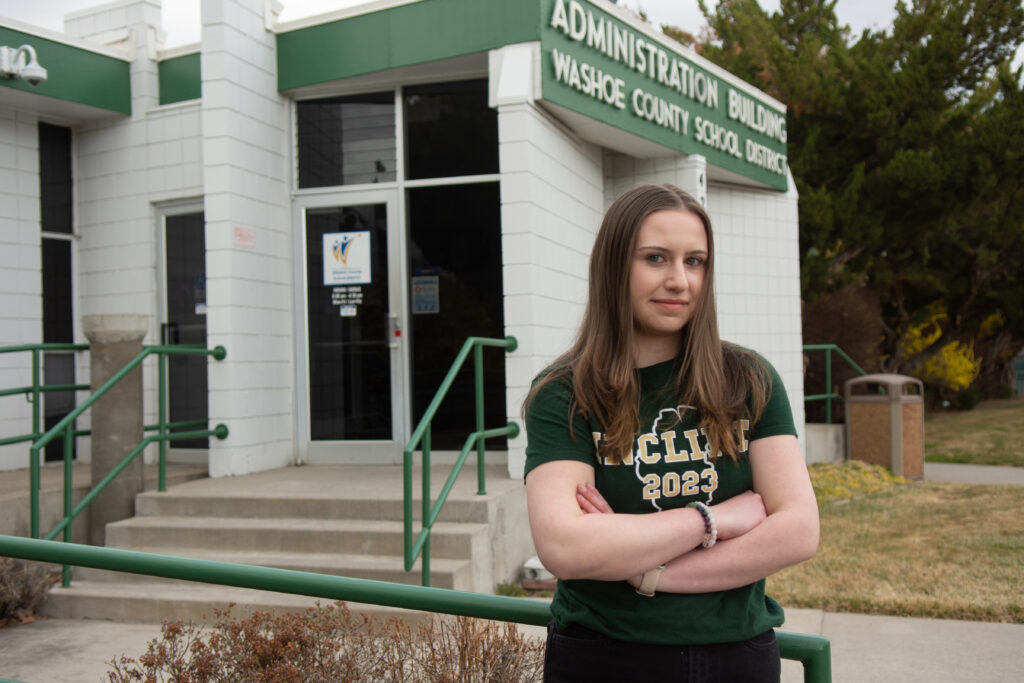
Despite the challenges, distance learning proved enjoyable for some students, including Ivy from Incline High School. Her freshman year was her first time back at a public school after attending a local private school for several years. Prior to COVID, Ivy said she felt like an outsider.
“I was anxious in general about going to school and having to see people and having to try and put myself out there socially,” Ivy said. “So when the pandemic hit, that was kind of like a godsend for me.”
Ivy found herself feeling happier and exploring new interests during her unexpected free time.
“I got really into baking,” she said.
Learning challenges
Things weren’t quite back to normal by the 2020-2021 school year. The majority of Nevada public school students continued with online learning after the Clark County School District decided to stick with it for the majority of that academic year.
However, the Washoe County School District opted to reopen its schools and had elementary students attend in person five days a week. For middle and high school students, the district had a hybrid schedule — meaning a mixture of online and in-person classes.
Chris, then a junior at North Valleys High School, did not feel ready to go back to in-person school over fears of contracting COVID. So he opted to learn from home his entire junior year, but the decision came with some issues. His grades plunged from As and Bs to just barely passing.
Chris said he would reach out to his teachers for help, but they would often only send him the answers to the assignment and not explain the underlying concepts.
“While in some scenarios, yes, that's helpful, if I don't really understand their thought process behind it and what I should be picking up, or at least any… core idea behind that, then I'm not going to understand what they meant by that,” he said.
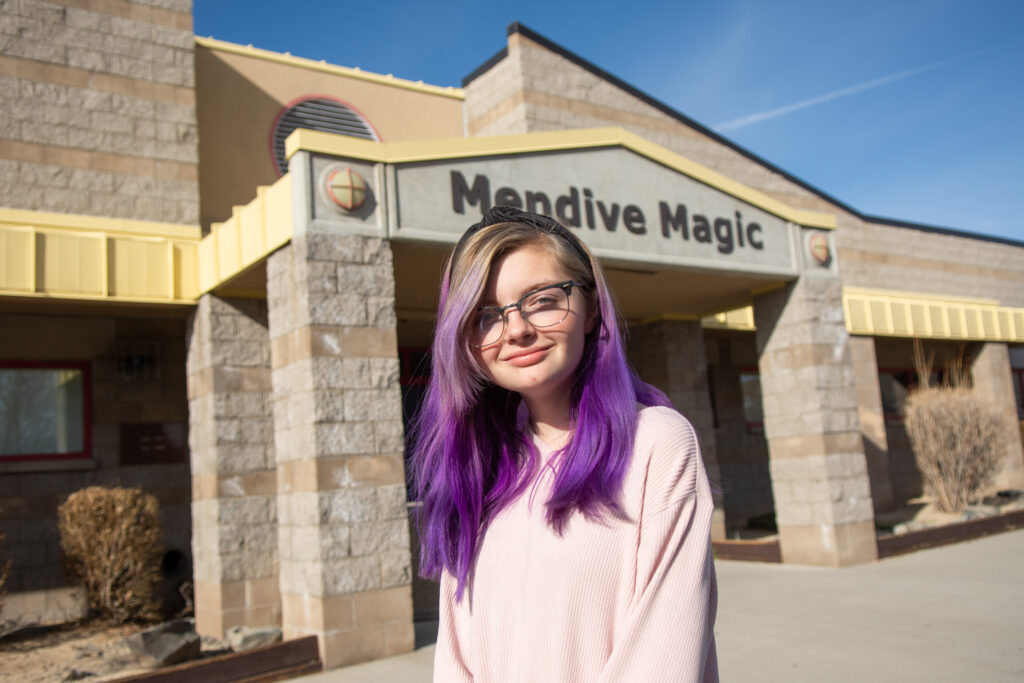
Sparks student Tegan, then a seventh-grader, had the opportunity to attend in-person classes for part of the week and study at the library for the remaining days. But Tegan said her time at the library wasn’t always very productive, as it typically took only two hours to complete distance work.
“So in my opinion, it wasn't as beneficial as an actual school day, because we weren't doing as much work,” she said. “But honestly, I preferred that to being at home just because I got to see everyone.”
Still, Tegan said it was challenging to work in the library independently as opposed to a traditional classroom, where teachers can provide more hands-on help. Tegan said her classmates would lean on each other for help, but the lack of structure meant some students ended up looking for shortcuts.
“We had kids who just like Google and copy and paste because … they were so lost in the material,” she said.
Meanwhile in Las Vegas, Marilú Carrillo appreciated the Clark County School District’s cautiousness, but she said online learning wasn’t easy for her daughters, then a junior at Del Sol High School and a seventh-grader at O’Callaghan Middle School.
“Debbie began to experience a lot of stress; same with Daniella,” Carrillo said. “Their grades began to drop. Debbie’s not so much because she tried to keep them up, but Danny was 11 years old when the pandemic began and obviously more irresponsible.”
Daniella had a hard time paying attention. Marilú caught her youngest daughter drawing on her notebook instead of watching her classes. Daniella said there were also times when she would sleep through one or all of her classes, which she would have preferred attending in person.
“(The science teacher) would do these projects (on) her desk and we really couldn’t see them because it was all laggy,” Daniella said. “So it just got very boring for me.”
Her older sister Debbie said one of her struggles was the short length of her online classes – typically 30 minutes – which she felt wasn’t enough time for her to learn the material. Debbie would email her teachers for help, but said she wouldn’t always get a response, so instead she went to Google or YouTube for assistance.
“I was like ‘I can’t do it on my own,’” Debbie said. “Not learning in person is really hard.”
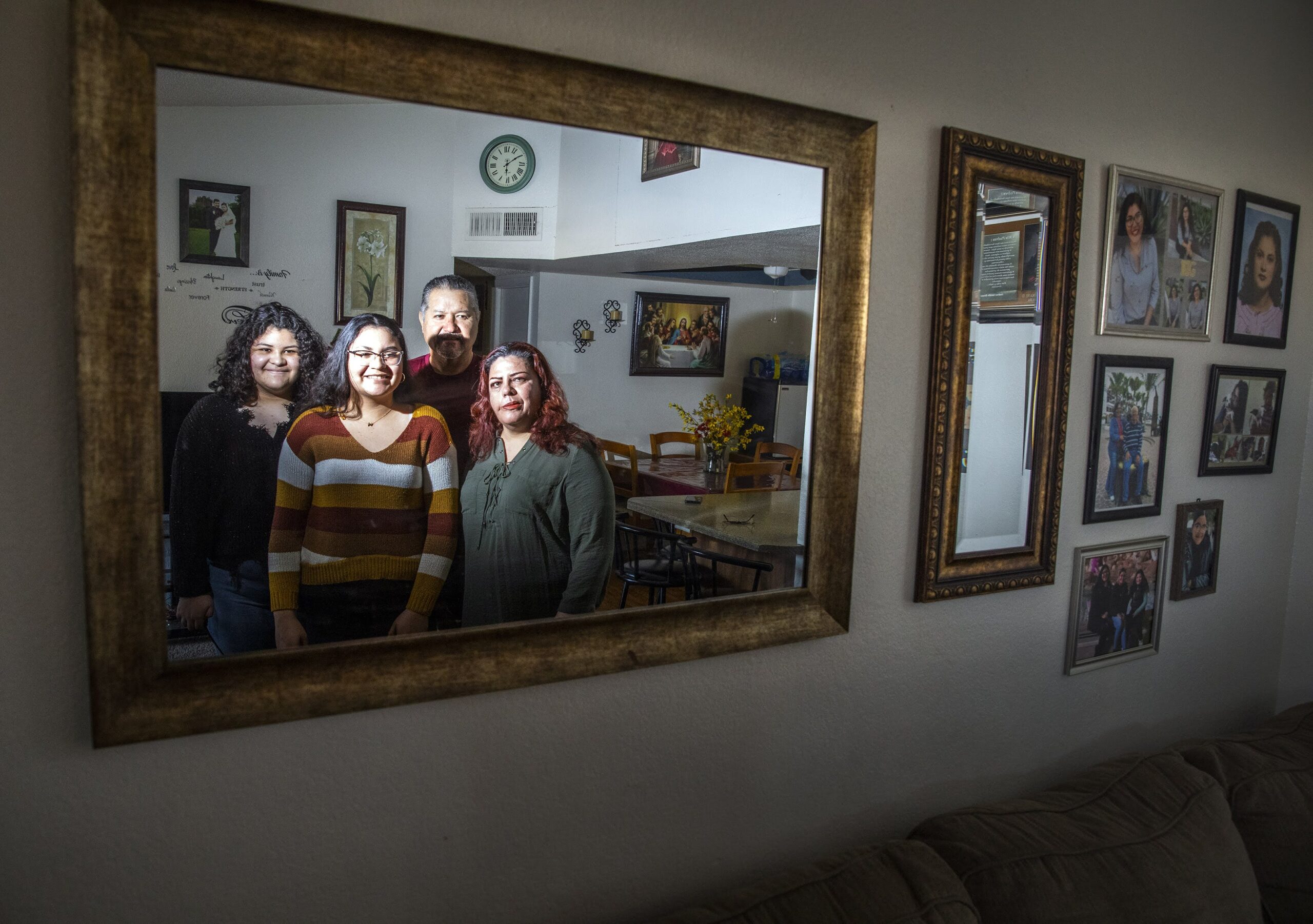
Social implications of distancing
The limited amount of in-person interaction during the COVID pandemic also took a toll on Nevada students’ social lives.
Tegan said students attending her middle school in Sparks didn’t talk much after learning moved online, and they lost touch with each other during the first few months of COVID.
“It was very hard socially to like, readjust once everything started opening back up again,” she said.
By the time she returned to school in person in seventh grade, Tegan said she essentially had to start over and make new friends.
Tegan also laments the other classic school hallmarks she missed out on because of COVID: middle school sports, dances, school trips and assemblies.
“We never got to have any of that,” she said. “We just had to like, play it by ear, and like, if things started to surge again, we had to be socially distanced from each other.”
Debbie, who is an award-winning mariachi vocalist, said that before COVID, she was used to performing almost every day and was typically always busy and out with friends.
But after brick-and-mortar schools closed and socialization became limited, Debbie said she became depressed.
“Being closed indoors, not being able to see anyone, it really trapped my mind,” she said.
Debbie’s mother, Marilú, was also concerned about a behavior change she was seeing in her youngest daughter, Daniella.
“She started having a very strong, bad attitude,” she said in Spanish. “She started having a lot of depression, and anxiety. She cried a lot, very easily.”
Marilú said the stresses of the pandemic led her family to argue and fight more often. She remembers Daniella lashed out at one point, saying she hated her mom.
“That hurt me a lot, a lot because my daughter had never said that to me before,” Marilú said.
Marilú reached out to Daniella’s school counselor and English teacher (who speaks Spanish) for help.
“I think what was missing was teachers getting more involved with their students, and understanding why these situations were happening, and that we also understood teachers because as humans, they were also going through difficult situations,” Marilú said.
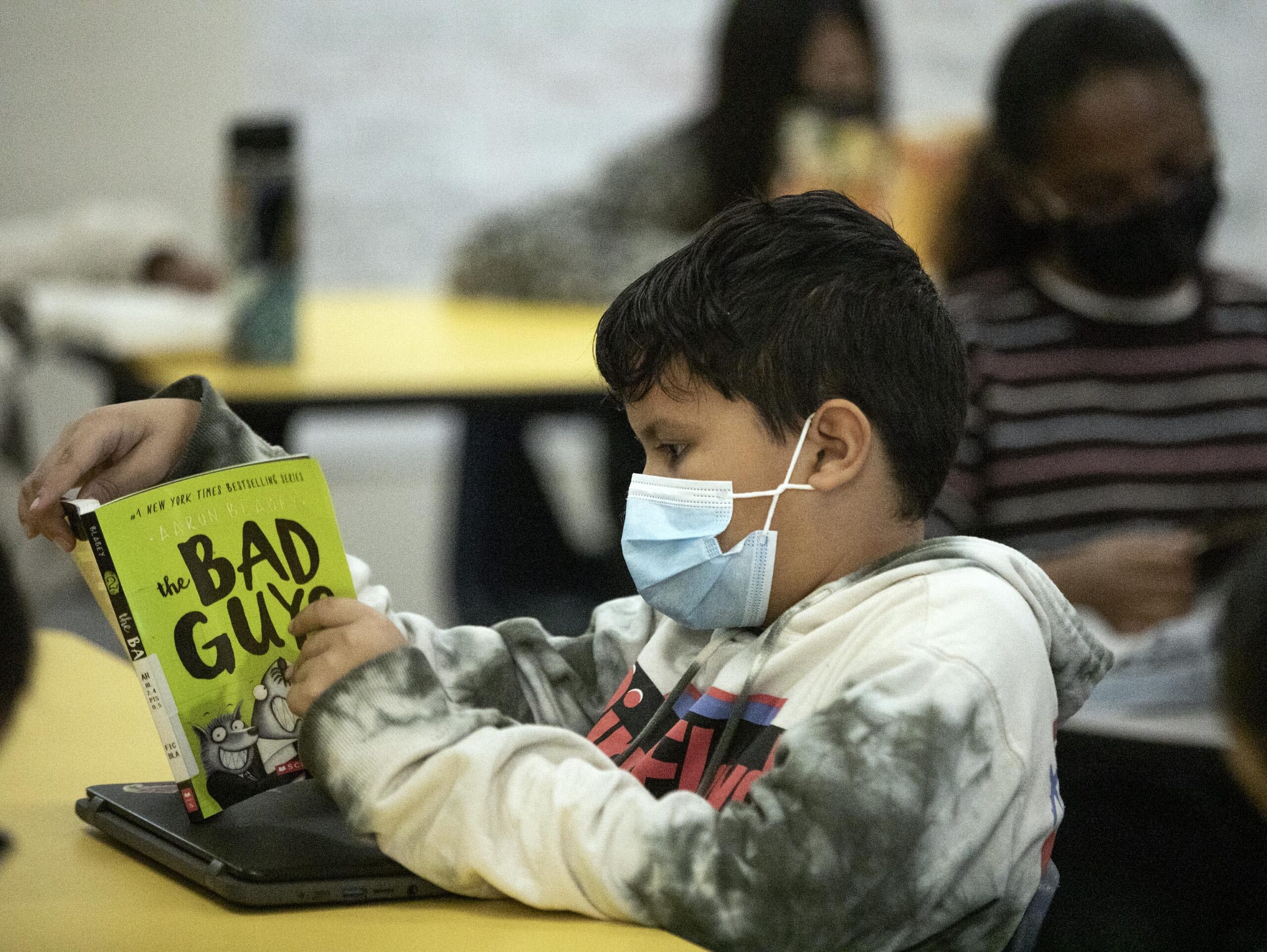
Superintendents ask for grace, empathy
The difficulties described by these students mirror what many Nevada superintendents have seen in their districts since March 2020.
One of their chief concerns: catching up kids academically. Both reports and anecdotal evidence inside classrooms have shown that distance learning led to at least some students’ reading and math skills suffering.
A 2021 report by the Nevada Advisory Committee to the U.S. Commission on Civil Rights found emergent English language learners had “additional difficulties adapting to distance learning due to a lack of information being provided to their families in their native language.”
The statewide graduation rate has fallen over the past two years from 84.11 percent in 2019 to 81.31 percent in 2021. And a Las Vegas elementary school found that some of their students returned to in-person classes without foundational reading skills.
In his annual State of Schools address last month, Clark County schools Superintendent Jesus Jara said two out of three of the district’s third-graders and about half of its 11th-graders cannot read at a proficient level.
During a March presentation highlighting the effects of COVID on Nevada schools, Humboldt County School District Superintendent Dave Jensen said districts are hoping to mitigate learning loss with measures such as instructional coaches, credit recovery opportunities, summer school or extended learning hours and acceleration and enrichment opportunities funded by one-time federal COVID relief dollars, along with state and other federal funds.
COVID funds and state support helped the Humboldt school district of approximately 3,500 students located in north-central Nevada increase its graduation rate to 94 percent, Jensen said. That’s compared to its previous graduation rate of 91 percent in 2020, according to figures from the Nevada Department of Education.
Lincoln County School District Superintendent Pam Teel urged legislators to think about what can be done to keep these efforts going after the COVID dollars run out.
In addition to academic concerns, Washoe County School District Superintendent Kristen McNeill recognized the critical need for mental health support for Nevada students struggling with trauma and behavioral issues after two years of COVID.
“Many of our districts were able to use telehealth, which was a lifesaver to many of our students and our families. However, as our students came back into our buildings, we knew that many of our students hadn’t had that social or emotional support,” she said.
Last school year in Nevada, there were 445 students for every school counselor, well above the American School Counselor Association’s recommended 250-to-1 ratio.
Nevada Association of School Superintendents President and Churchill County School District Superintendent Summers Stephens said that students, staff and families are still struggling in lots of ways.
“So we fully believe that grace and empathy must be at the front of our work to improve the student learning outcomes and whole child development outcomes that we have,” she said.
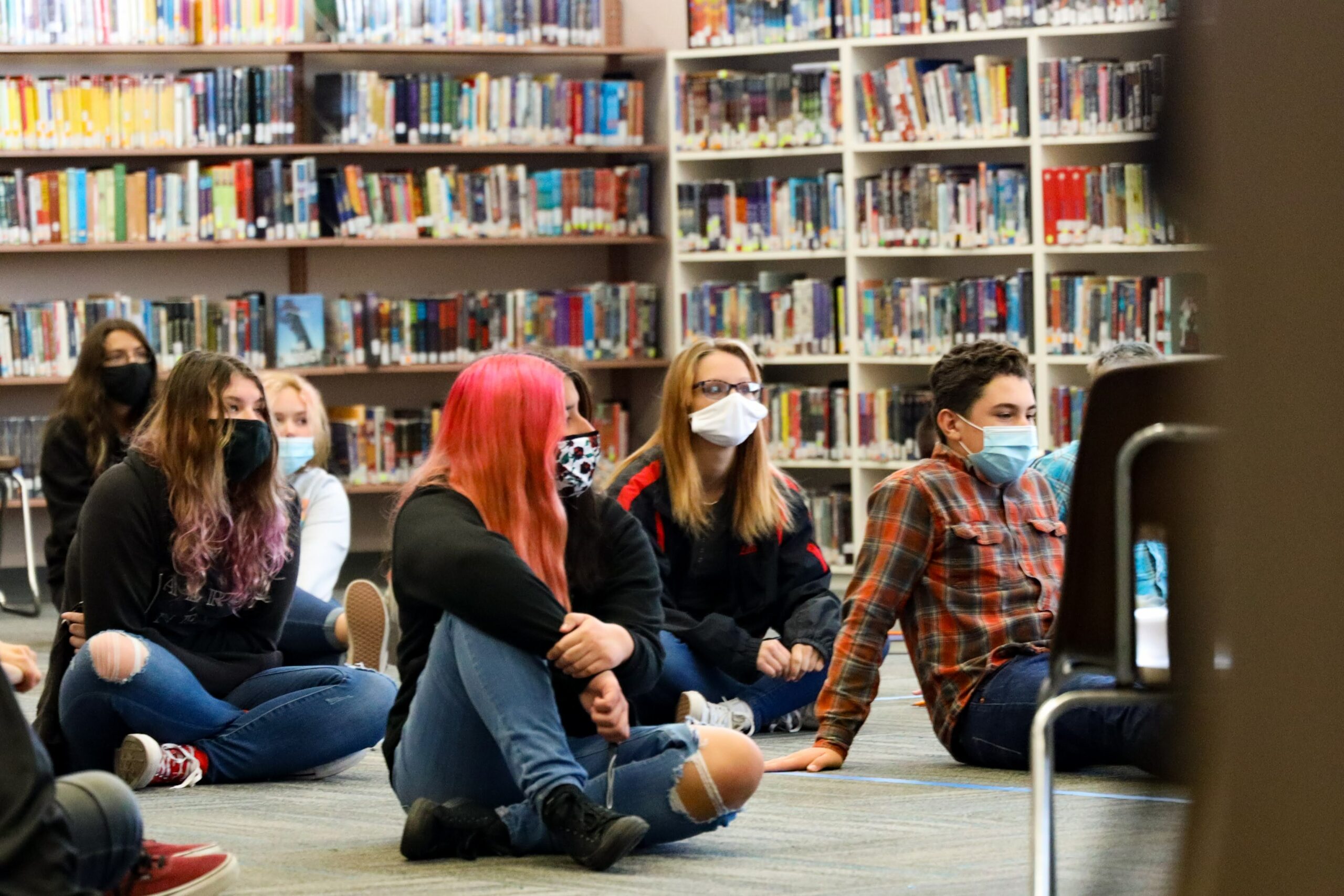
Moving forward
Despite all the academic and personal challenges of the past two years, the disruptions allowed some students opportunities for personal growth. For Reno high school senior Chris Crump, the pandemic gave him the time and ability to be more involved in his district’s student advisory council, especially when the meetings were virtual.
“I was able to participate more in those meetings and actually get my input out there,” Chris said.
Meanwhile, Ivy participated as one of the first tutors for a program started by Washoe County students for students, the Reno Alliance for Free Tutoring. At first, the program was entirely online for safety reasons.
“It was really smart, because everybody could do everything over Zoom,” she said. “I mean, anything could really start during that time.”
For Debbie, navigating school work on her own made her a more independent learner, she said.
“So now that I have a question, I don't really ask the teacher, I just look it up and search for the answer,” Debbie said.
Her younger sister, Daniella, is at a new school this year, Mater Academy Bonanza, for her final year of middle school. Mother Marilú said Daniella seems a lot happier at the east Las Vegas charter school, and Daniella agrees.
“It feels good, cause like I made new friends,” Daniella said. “I still talk to my other friends, but I made new friends here and it’s fun hanging and walking them outside of school and inside of school and to classes too.”
Ivy, meanwhile, thinks she and her classmates have gained a greater appreciation for school and everything that’s a part of it during the last two years.
“I think everybody realized how important school is for the social scene, and also how important an education is because we had been deprived of it,” she said. “So they are taking their time with their friends more seriously.”
Correction: April 11, 2022 at 11:04 a.m. A previous version of this article misstated the name of a student. The correct spelling Chris Crump.
